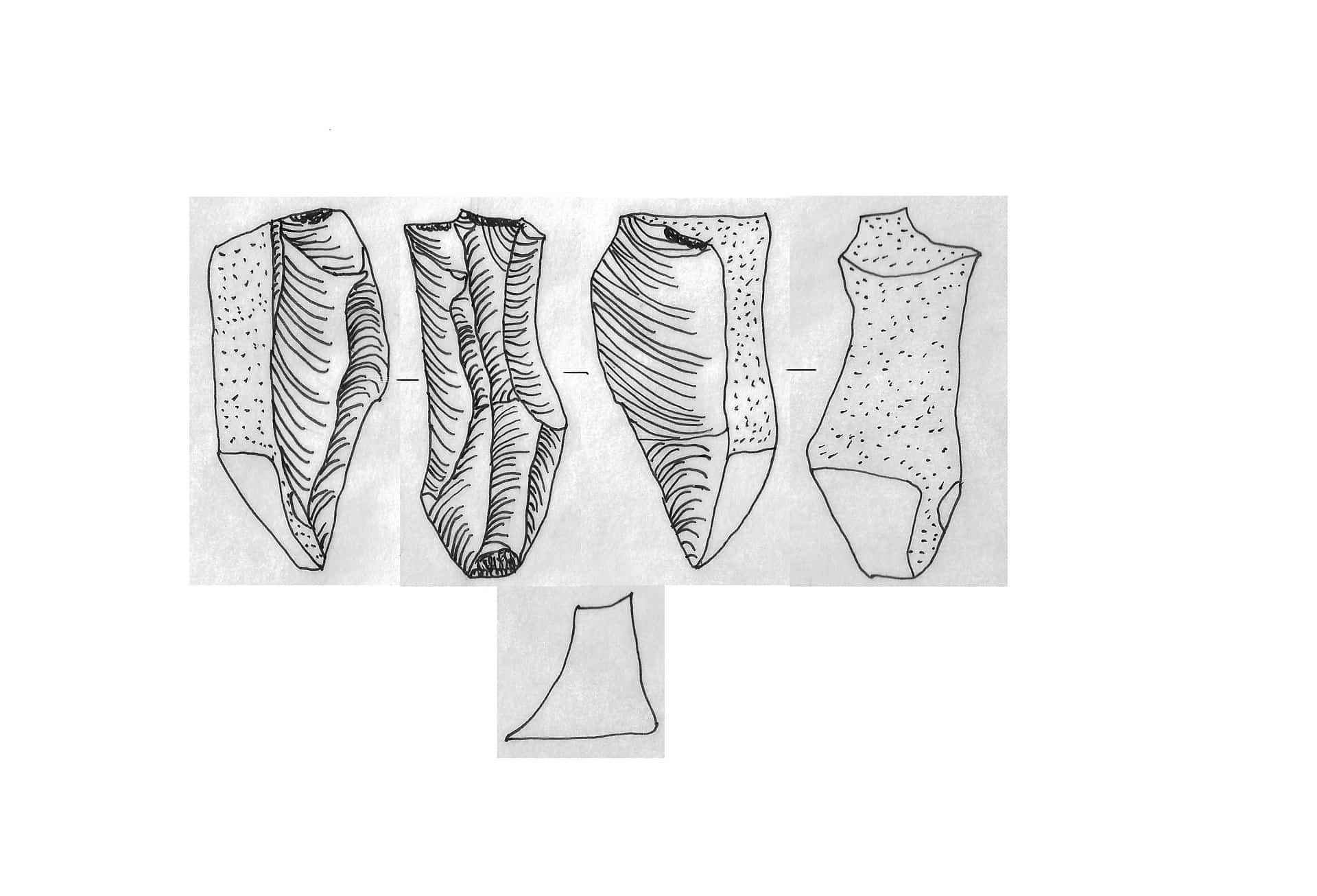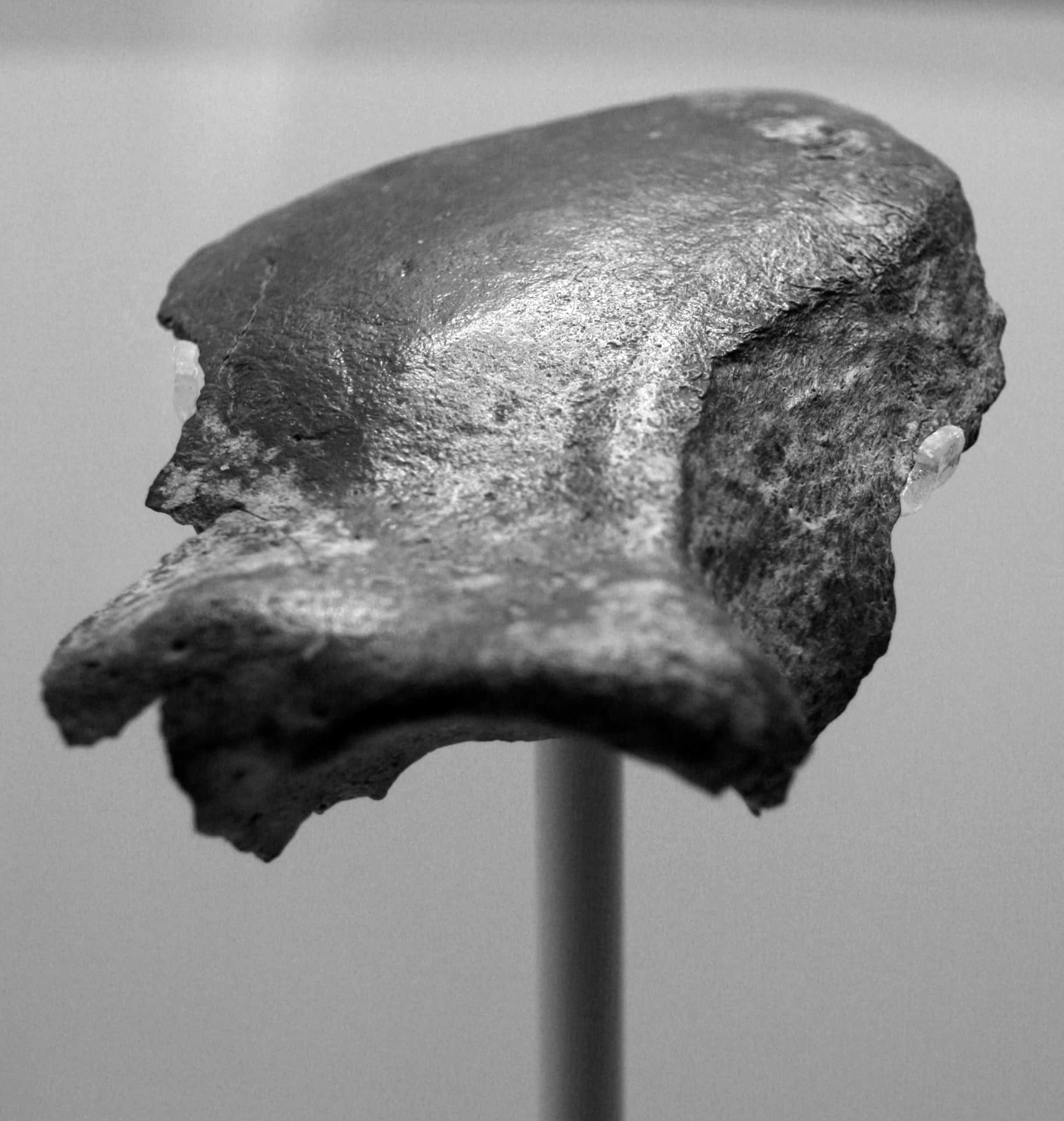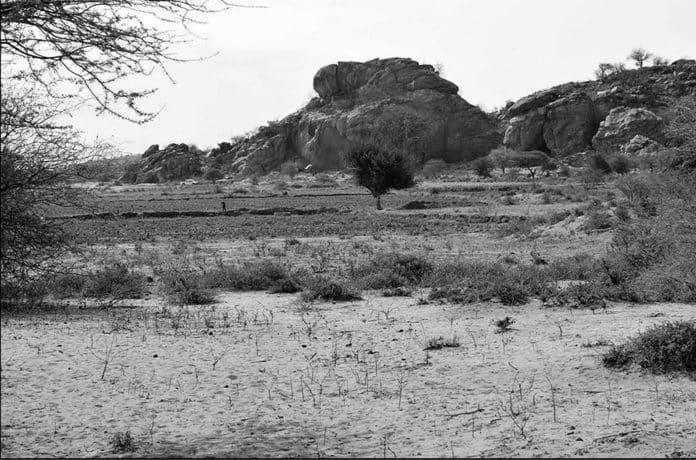Mumba Cave – Kohl-Larsen Excavation, Stratigraphy, Lithics, and Remains
Mumba Cave is a rich archaeological site renowned for deposits that span the passage from the Middle Stone Age and Late Stone Age in East Africa. The cave is located close to the highly alkaline Lake Eyasi in the northern part of Tanzania. The transitional feature of the area has been ascribed to the presence of a large assemblage of eggshell beads of ostriches as well as the abundant availability of microlith technology. Due to the fact that these types of artefacts were discovered within this site, it has made archaeologists believe that the site could give insights into the source of modern human behavior. Ludwig Kohl-Larsen originally tested the cave alongside his wife, Margit, during their expedition between 1934 and 1936. They discovered many artefacts, burials, and rock arts. However, only short details of the findings were ever publicized. However, the work done by the Kohl-Larsens have been regarded as very accomplished because of their attention to detail, particularly when you consider the fact that none of them was knowledgeable in proper archaeological methods at the time of the excavation work. In a bid to reanalyze and complement the work already done, the Mumba cave has once been reinvestigated. However, the consequences of wrong excavations done in the past are still being felt in the present day. For instance, the collection of C-14 data is considered unreliable, and the stratigraphy is confusing.
The Kohl-Larsen Excavation
In 1938, Margit Kohl-Larsen went back to Mumba Cave in a bid to have a better understanding of the site. Despite the fact that her effort was seen as a great success in African archaeology at the time, recent work at the cave has brought some excavation issues to light. Most of the issues border on the lack of investigation of the Mumba Cave’s uncovered artefacts, faunal remains and soil samples. More problems lie in the fact that Ludwig Kohl-Larsen ended up publishing very little information from the cave, and most of this information is now regarded as unclear.
As a result of further excavation works done, it was revealed that the lithic collection at the Mumba Cave sites was significantly disregarded, making it crystal clear that Kohl-Larsen favored big lithics above tertiary or secondary flakes. It was calculated that just two percent of the stones were assembled. However, this is not surprising because the availability of microliths was yet to be realized as a symbol of the Late Stone Age. Even after considering all these problems, archaeologists like Michael James Mehlman have affirmed that the significance of the sites shouldn’t be downplayed.
Site Stratigraphy
During Kohl-Larsen’s excavation of the Mumba Cave, the site’s level and stratigraphy were calculated within its 9 by 12.5 metres area. The excavation depth differs between sources as bedrock was said to have reached between 9 and 11 metres. The site was split into 6 beds. Though recognized as potentially problematic, the division is still being used in reanalysis and other current works. Radiocarbon dating has been used to date artefacts from each of the six defined beds during later excavations. Regrettably, it has not been easy to validate and have a full understanding of the site because of heavily mixed deposits from the excavations done by Kohl-Larsen, the absence of information on past environmental conditions, and because there are hardly any comparable sites. Each of the beds has been C-14 dated, but certain scholars doubt these dates.
Bed I
Bed I is known as the Mumba Cave site’s surface level. It is noted to contain remains of ostrich eggshell beads, obsidian, pottery sherds, fireplace wood, as well as arrowheads like those made by the Hadza tribe (Hadzabe people).

Bed II
Radiocarbon dating has been used to date artefacts from Mumba Cave Bed II to 381 ± 91 B.P. Among rockfall debris, the bed contains both animal and human bones, including bones of fish and turtles. Some of these bones have been carved. Other artefacts include pottery, eggshell beads, red ochre, and obsidian tool.
Bed III
Bed III of Mumba Cave has a particularly rich assemblage. It contains a kitchen refuse made up of many animal bones and crushed pottery. The bed also contains decorated ostrich eggshell beads and pottery. This bed also houses many human burials found in the cave. The ceramic artefacts found in this bed belong to a type known as “Kansyore Ware.” This ware is associated with hunter-gatherer tribes. Iron Age “Lelesu Ware” and Neolithic “Narosura Ware” were also found in the bed. The bed has a radiocarbon date of 844 ± 78 B.P.
Bed IV
Archaeologists recognize this Mumba Cave bed as sterile; it contains a huge beach deposit. Dates from available items are 21530 ± 320 B.P.
Bed V
Fossilized bones and large quantities of rockfall debris are found here. The remains of a coloured pigment and a grinder are among the cultural material retrieved from the bed. This bed was attributed to the transitional “Mumba Industry” by M.J. Melhman. It contains symbols of the Late Stone and Middle Ages. However, after Bed V was reanalyzed, many archaeologists have submitted that the assemblages located within are better ascribed solely to the technology of the Late Stone Age. Radiocarbon dates on the artefacts are estimated at 31,070 ± 500 B.P.
Bed VI
Of all the Mumba Cave beds on the site, Bed VI has the lowest number of bones, all of which are heavily fossilized. However, the bed contains a huge quantity of naturally occurring raw materials and similar quartz artefacts. Stone tools linked with the Sanzako Industry are also found among the bed’s assemblage. The Sanzako Industry includes notched and sided scrapers as well as items described as “heavy-duty” choppers and bifaces. Carbon-14 dates on available material are from 19820 ± 750 B.P.
Lithics
Archaeological experiments conducted recently have proved that bipolar flaking, a type of lithic reduction, was utilized in the Mumba cave. The experiments further indicate that there is evidence of a transitional period between the Middle and Late Stone Ages. Bipolar flaking is said to be a hammer and anvil method of producing stone tools. It is a practical process that churns out much smaller flakes. Bipolar flaking has been an area of major interest at Mumba because many of these small flakes can be found between stratigraphy Beds VI to V and in a plateau from Beds V to III. It is believed that the increase in bipolar reductions is a result of favorable climate change in the region, which led to a surge in population.
Faunal Remains
The geographic location of the Mumba Cave could have been a big factor that determined the site’s overall appeal to its previous inhabitants. Along with the lake nearby, different types of terrain surround the cave, including the Yada and Mubulu Highlands to the east and the Serengeti Plains to the west. With this environmental diversity comes an abundance of biodiversity. The presence of catfish and tilapia bones indicates that both were eaten as food, as well as snails, as evidenced by the shell middens found there. The middens also suggest that Lake Eyasi once extended beyond the cave. After taking a closer look at the faunal remains, many archaeologists have concluded that the previous inhabitants of Mumba Cave also made the most of the terrestrial environment. Bones of many animals, including rabbits, baboons, dik-diks, warthogs, snakes, and lizards, have been discovered at the site, which suggests that the nearby terraces and grassland were explored.

Human Remains
The remains of 18 persons were found between 1934 and 1938 after the excavation of Mumba Cave’s Bed III. The discovery included three children, one female, 12 males, as well as two unknown persons whose ages were estimated to be two to sixty years of age. Subsequent analysis of the available cranial remains shows that these persons showed had Negroid features. Additional analysis, carbon dating of the remains as well as attention to context suggest that these persons lived in the period between the beginning of the Late Stone Age to the beginning of the Iron Age. It is also believed that they were most probably the producers of the eggshell beads and Kansyore Pottery discovered at the site.
Contextual Significance
Mumba is recognized for its potential in providing proof of a slow change that occurred in Africa between the Middle and Late Stone Ages. This is an important period in the evolution of humans because several scholars opine that human behavior originated between the Middle and Late Stone Ages. Attributes of modern human behavior include improved cognitive ability, the use of language, and the use of symbolism. The presence of lithic artefacts, wall drawings on the caves, red ochre and the large volume of ostrich eggshell beads are examples of modern human behavior noticed at the site. M.J. Melhmann supported the notion of Mumba Cave being an example of the transition between the two ages. Based on this, he went on to form what he termed “Mumbai Industry.” The industry was mainly based on the artefacts found in Bed V. However, archaeologists still argue the legitimacy of the Mumba Industry today.
For more articles related to Tanzania Topography, click here!





























